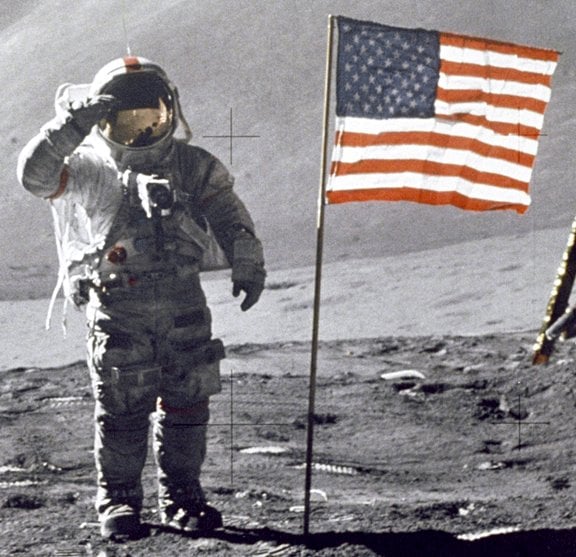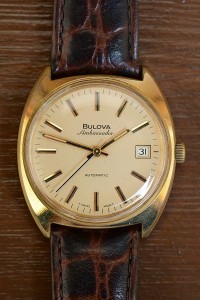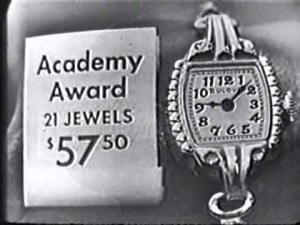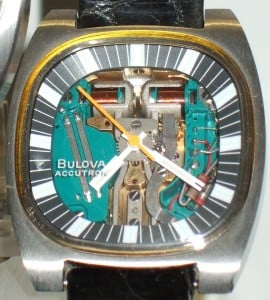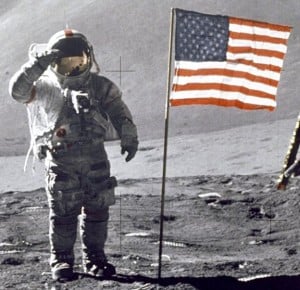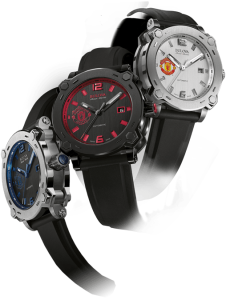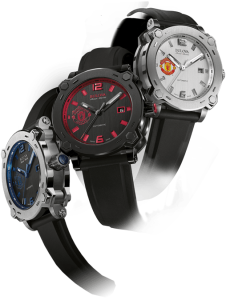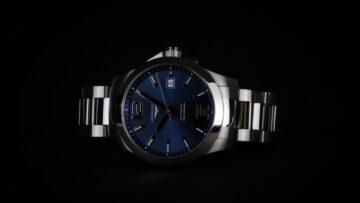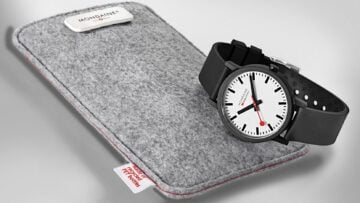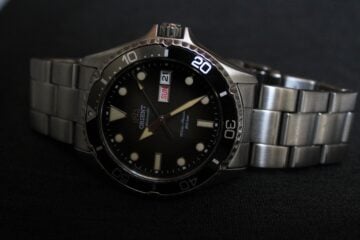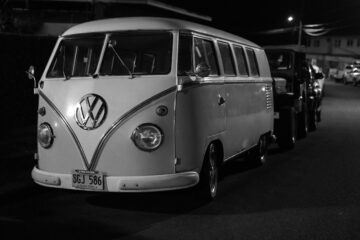We have previously covered the stories of some of the worlds most incredible watch manufacturers. We’ve covered Junghans watches, Seiko and also the Swiss watch industry as a whole. But today we’re going to cover the story of an American watch company which has a long and storied history: Bulova watches.
While Bulova are not as well known to casual watch buyers as some other manufacturers, they have a history which extends even beyond our planet! So, let’s step back in time to 19th Century New York City and learn about the history of Bulova watches.
Bulova’s Beginnings
Joseph Bulova was a Czech immigrant who was only 23 years old when he originally founded Bulova. Initially Bulova was a modest jewellery store located on Maiden Lane in New York City, but by 1911 Bulova was manufacturing clocks and pocket watches which were selling in huge quantities.
As he was having such success with his clocks and watches, Joseph Bulova launched a plant dedicated to producing Bulova watches in Switzerland. This plant produced watches at a level of standardised mass production which had never been seen before in the watch industry.
Bulova Watches Introduce Industry Firsts
Bulova were not just ahead of the game in terms of mass production of watches, they were also ahead of the game in other areas. They introduced the first complete line of jewelled wristwatches for men, then the first line of wristwatches for ladies, then the first line of diamond wristwatches. These firsts helped ensure that Bulova were one of the biggest American watch manufacturers of the day.
They were especially ahead of the game when it came to advertising. This started in 1926 when they ran their first national radio advertising campaign which featured the slogan “At the tone, it’s 8 p.m., B-U-L-O-V-A Bulova watch time.” Only five years later Bulova watches launched the industries first ever million dollar advertising campaign, followed ten years later by the world’s first television commercial. The commercial aired before a Brooklyn Dodgers baseball game which proudly proclaimed that “America runs on Bulova time!”
Bulova In World War II
Bulova were involved heavily in military manufacturing during the Second World War, mainly in terms of producing high precision military watches. Their mass production facilities were used for other purposes as well, producing many other mechanisms for the war effort. Near the end of the war they opened up the Joseph Bulova School of Watchmaking which helped war veterans learn a trade for their return to civilian life.
As the war drew to a close Bulova were one of the most famous watchmakers in the United States. Within 10 years of the end of World War II sales had reached $80 per year and in the US if you didn’t already own a Bulova – you definitely knew about them!
The Bulova Accutron Range
One of the watch ranges which Bulova are most known for is their Accutron range. They used a tuning fork instead of a balance wheel as the timekeeping element which made them ultra precise at a time before quartz watches. This technology pushed them to the cutting edge of the watchmaking world for most of the 1960’s. Unfortunately for Bulova, by the end of the 1960’s Japanese manufacturer Seiko brought the first quartz wristwatch – the Astron – to the market allowing them to make cheaper watches which were more precise.
The Accutron was still a popular range during the 1970’s, especially with the release of the Spaceview Accutron. The Spaceview Accutron was one of the first mass produced visible movement watches, which actually came about by accident! The original idea was for these to be special display models of Bulova watches which would only be used by sales reps. The thinking was that by showing the inner workings of the watch the sales reps could impress the customers with the amazing timekeeping technology. After some of these visible movement watches were used in advertisements and by sales reps, customers started asking to buy them. Not one to let down their customers, Bulova started producing versions of these watches for customers, which were incredbly popular until production stopped in 1977.
The Wristwatch Space Race
As well as the well known the space race between the Soviet Union and the United States, there was another space race which also took place in the 60’s – between Bulova watches and Omega Watches. Unfortunately for Bulova, it was Omega who managed to secure the rights to produce the official space watch.
But the story doesn’t end there.
All of the timekeeping mechanisms the first spacecraft to reach the moon were Bulova Accutrons, which were also used in 46 NASA missions. In fact, the United States government thought the technology in Accutron 214 movements were so important that they delayed Bulova’s commercial release of the movement to ensure the Soviet Union did not get their hands on it.
The story took another twist in 1971 as, despite not being the official NASA watch, a Bulova watch did manage to make it onto the wrist of an astronaut on the moon. The mission commander of Apollo 15’s Omega watch was broken so he used his personal Bulova Chronograph for the mission. This watch managed to sell for $1.6 million at an auction in 2015. Thanks to the media coverage of this device, Bulova released a re-issued version of this chronograph which was unveiled at Baselworld 2016.
Bulova Watches Today
Bulova watches continued to be popular throughout the 1970’s, despite issues in the boardroom. The company became a part of the Loews Corporation in 1979 with the hope that this would help bring some stability to the company. Unfortunately things weren’t all that plain sailing in the 1980’s with the company reporting massive losses.
The 1990’s did not start too promisingly either, with the company facing fierce competition from international companies. The famous brand name still held sway with customers and this helped the company increase their profits. The brand continued to grow throughout the rest of the 90’s and into the 21st Century.
In 2008 Citizen bought the Bulova Watch Company, making Citizen the largest watch company in the world. Shortly afterwards Bulova watches brought to the market a high precision quartz watch called the Precisionist which sported a beautiful sweeping hand. They also became the official timekeeper for Manchester United in 2013, producing incredible watches for the world famous football club.
Bulova are a brand with a great history who continue to innovate and differentiate themselves from the competition. What’s next for Bulova is hard to tell, but their next innovation is never far away and we’re looking forward to seeing what it is!

